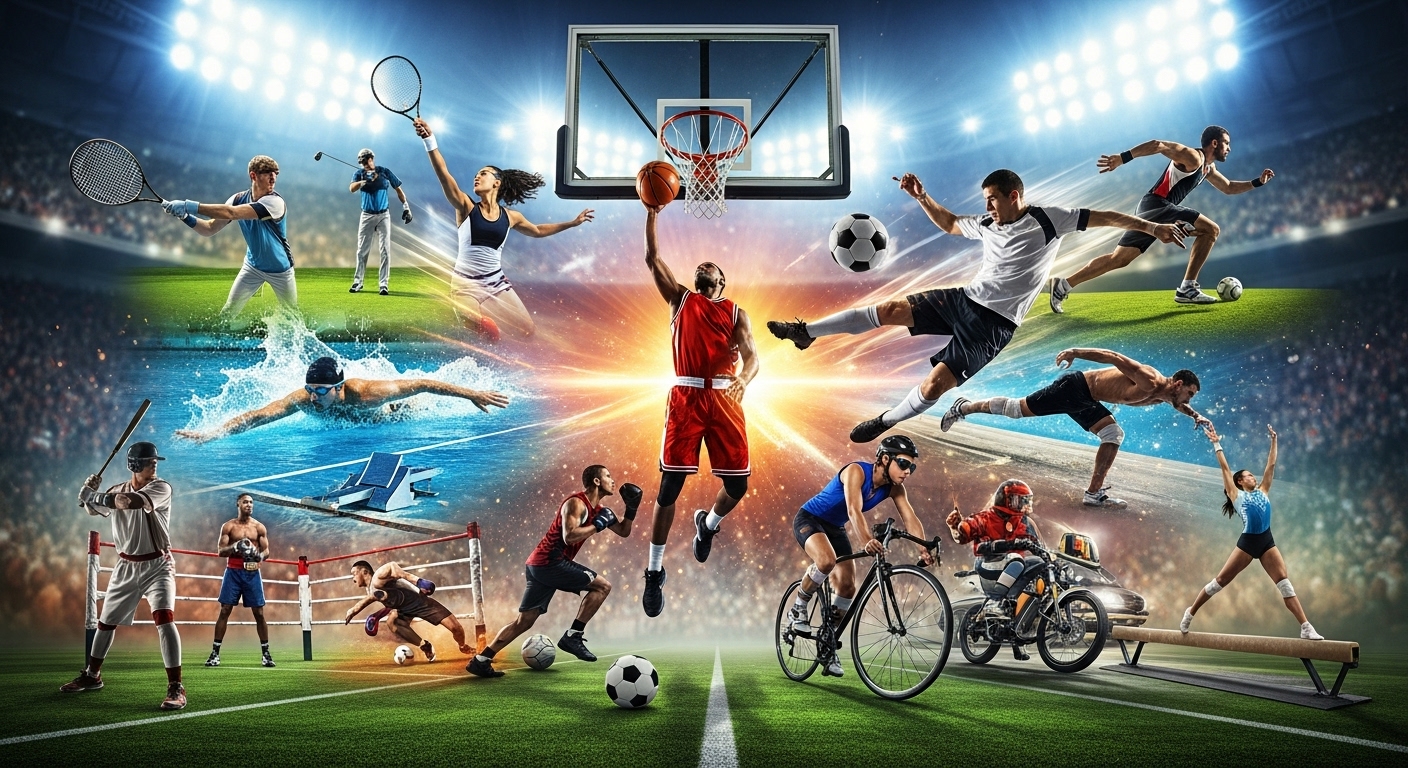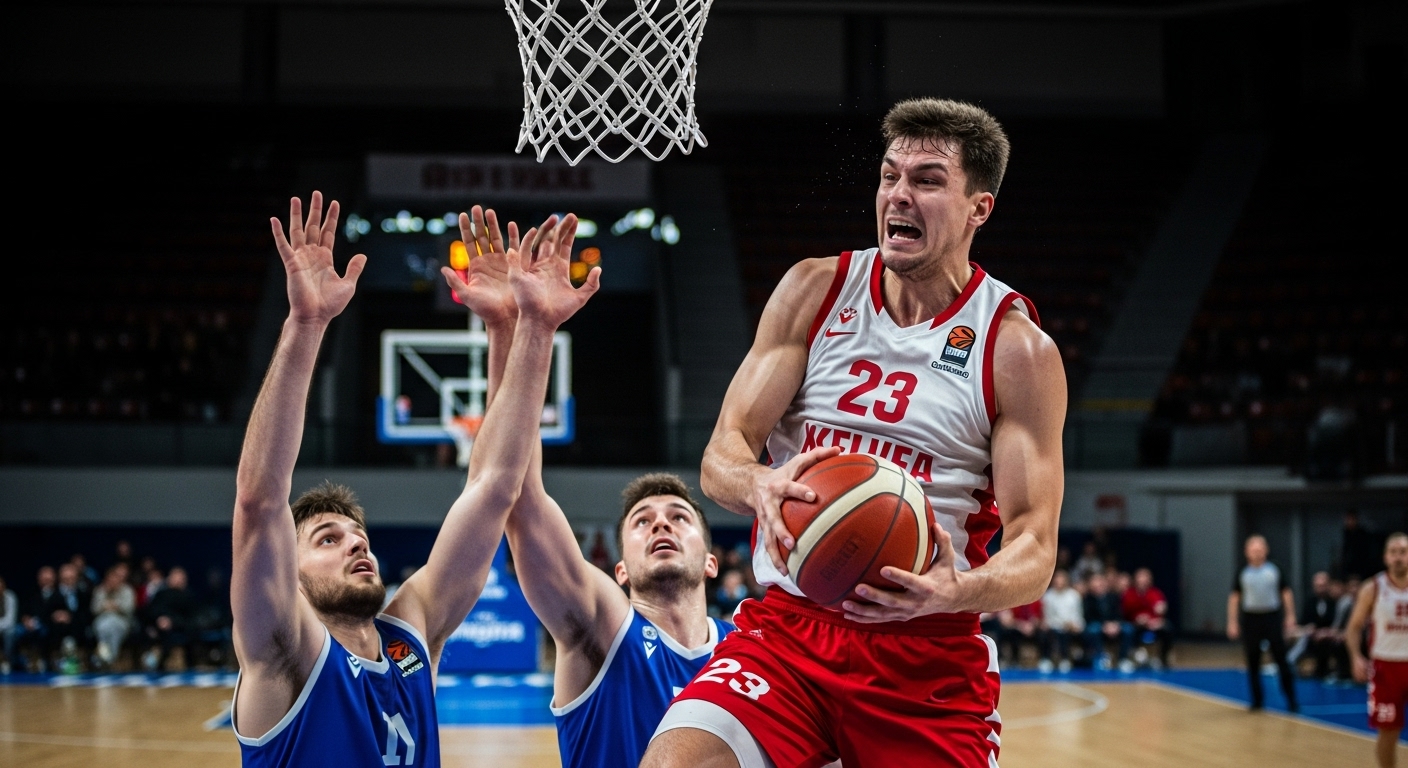Introduction
From ancient times to the present day, sports have remained an essential part of human culture and society. Across centuries and cultures, sports have served as a way to celebrate physical prowess, foster community bonds, and inspire national pride. What began as simple physical contests—sometimes rooted in religious rituals or warfare—has evolved into a global, multi-billion-dollar industry that captivates billions of people worldwide. Sports are not just about competition; they are a form of entertainment, a social force, and a significant part of the human experience.
This blog post explores the fascinating journey of sports through history, from their early origins in ancient civilizations to their development into the global entertainment spectacles we witness today. We will delve into how sports have evolved and what makes them so integral to modern society, as well as examine the role sports continue to play in shaping the future of culture, technology, and human connection.
Ancient Beginnings: The Birth of Sports
The roots of sports can be traced back thousands of years, to the earliest civilizations where physical activity was seen both as a necessity for survival and as a way to connect with the divine. These early games were often tied to rituals, religious ceremonies, and celebrations, with the first recorded instances of organized sports appearing in Ancient Egypt, Mesopotamia, and Greece.
The Origins of Organized Games in Ancient Egypt
In Ancient Egypt, sports were not just about recreation; they also had symbolic and religious significance. Pharaohs and nobles engaged in various forms of physical activity to demonstrate their strength and vitality. One of the most famous depictions of ancient Egyptian sports comes from tomb murals that show people playing games such as field hockey, a precursor to modern-day hockey, and a game resembling modern-day wrestling.
Archery and swimming were also practiced, with both sports being seen as necessary skills for survival and warfare. Evidence suggests that sports in Egypt had a ritualistic nature, often performed as part of ceremonies to honor the gods.
Ancient Greece: The Foundation of Modern Sports
When it comes to the history of sports, no culture has had a more profound influence on the development of organized athletics than Ancient Greece. The Greeks elevated physical fitness to a religious level and celebrated athleticism as a virtue of human excellence. The most significant manifestation of this reverence for physical prowess was the ancient Olympic Games, first held in 776 BCE at Olympia.
The ancient Olympics were not just a sporting event; they were a religious festival in honor of Zeus, the king of the Greek gods. The games began with a single event—the stadion race, a 192-meter footrace—but gradually expanded to include events like wrestling, boxing, chariot racing, and the pentathlon. These competitions were held every four years, drawing athletes from across the Greek world, and were among the most prestigious events in ancient Greek society.
The concept of the “gymnasium” also emerged in Greece, where young men would train both their bodies and minds. The gymnasiums were the centers of athletic training, where athletes prepared for the games, which became increasingly competitive and prestigious over time. It was in Greece that the idea of professional athletes first began to emerge, though only those who won in Olympic events were regarded as true heroes.
Rome: Gladiators and Spectacle
While the Greeks emphasized the purity of athletic competition, the Romans turned sport into a form of mass entertainment. Gladiatorial combat was perhaps the most famous Roman sport, where men—often slaves or criminals—fought to the death in massive amphitheaters like the Colosseum in Rome. These brutal spectacles were organized by emperors and wealthy elites to keep the masses entertained and to demonstrate their power and generosity.
In addition to gladiator fights, the Romans enjoyed other forms of sport, such as chariot racing and hunting. Chariot races, held in the Circus Maximus, could involve teams of up to twelve horses, racing at incredible speeds around a track that could hold up to 250,000 spectators. These races were highly dangerous and often deadly, adding to their allure as entertainment. Roman sports, while violent, were rooted in the belief that physical prowess was a reflection of an individual’s honor, bravery, and social standing.
The Middle Ages: A Shift in Focus
The decline of the Roman Empire marked the beginning of the Middle Ages, a period characterized by political instability, feudalism, and the rise of Christianity in Europe. During this time, organized sports as they were known in antiquity took a backseat to other forms of entertainment and warfare. However, physical contests remained an essential part of medieval life.
Jousting and Tournaments: Knights as Athletes
In the medieval period, sports were closely linked to military training. The most famous of these competitions was jousting, a test of skill and strength where knights mounted on horseback charged at one another with lances. Jousting tournaments became immensely popular across Europe, often organized as part of royal festivities. Knights, who were trained in both combat and chivalry, participated in jousts as a way of showcasing their martial skills and honor.
These tournaments, attended by kings, queens, and nobles, were not just athletic events but social occasions that celebrated the ideals of knighthood—honor, bravery, and valor. Despite their violent nature, jousting tournaments were key in shaping the relationship between sport, nobility, and warfare in the Middle Ages.
Folk Games: The Evolution of Team Sports
Alongside formal contests like jousting, there were numerous regional folk games played in villages across Europe. These games were often chaotic and had few official rules, but they were integral to community life and a way to foster social cohesion. One of the most famous examples was “mob football,” a form of rugby-like football played between entire villages. These rough-and-tumble games were a precursor to modern team sports and served as a form of social release.
Though many of these folk games were later outlawed by the church or monarchs, they played an essential role in the development of modern sports, especially in shaping the physical nature of modern football (soccer) and rugby.
The Renaissance: A New Focus on Physical Fitness
The Renaissance, beginning in the 14th century, brought with it a renewed interest in humanism, individual achievement, and physical fitness. The period saw the revival of interest in ancient Greek and Roman ideals, including athletic competition. This resurgence laid the groundwork for many of the sports we recognize today.
Early Tennis and the Emergence of Fencing
In Renaissance Europe, new forms of recreation and sport began to take shape. Tennis, for example, evolved from a game played in the 12th century, originally known as “jeu de paume,” into a sport that became popular in France and England. The game, played indoors with a handball, eventually developed into the modern game of lawn tennis by the late 19th century.
Fencing also became popular during this period, with training in swordsmanship being a vital part of a young nobleman’s education. The sport evolved into the modern Olympic fencing events, which focus on precision, speed, and technique.
The Birth of Modern Sports
By the end of the Renaissance, many of the modern sports we recognize today were beginning to take shape. The 18th and 19th centuries saw the formalization of rules and the establishment of clubs and societies dedicated to competitive play. These changes created the foundation for the global sporting culture that would flourish in the 20th century.
The Industrial Revolution and the Rise of Team Sports
The Industrial Revolution had a profound effect on sports. As cities grew and the working class emerged, people began to seek entertainment that was more organized and structured. The industrialized world brought with it increased leisure time, and sports became a crucial outlet for both physical activity and socialization.
The Emergence of Football (Soccer)
In the 19th century, the codification of sports rules led to the formalization of team sports, especially football (soccer). The establishment of the Football Association (FA) in England in 1863 was a pivotal moment in the history of football, as it created a unified set of rules for the sport and allowed it to grow beyond regional variations.
Football quickly spread to other parts of the world, thanks in part to the British Empire, which introduced the sport to colonies in Africa, South America, and Asia. The first official international match took place in 1872 between England and Scotland, marking the beginning of global football competitions.
The Rise of Other Sports: Rugby, Cricket, and Baseball
Rugby, which evolved from football in England, grew into its own sport with the establishment of formalized rules and clubs. By the late 19th century, rugby had spread to countries like New Zealand, South Africa, and Australia, where it became an integral part of national identity.
In the United States, baseball emerged as a distinct sport, with the National League being founded in 1876. Baseball became a cornerstone of American culture and quickly spread to countries across the world, including Japan and Latin America.
The 20th Century: The Professionalization and Globalization of Sports
The 20th century saw sports become a professional industry, with athletes being paid for their performances and sports organizations becoming multi-million-dollar businesses. Major events such as the Olympics, the FIFA World Cup, and the Super Bowl became massive spectacles, drawing millions of viewers around the world.
The Olympics: A Global Celebration of Sport
The revival of the Olympic Games in 1896 marked the beginning of an era in which sports would become a vehicle for international cooperation and competition. The Olympics became a symbol of peace, unity, and human achievement. Countries from around the world sent their best athletes to compete, and the Games became an opportunity to showcase national pride on the global stage.
The Commercialization of Sport
With the rise of television, radio, and later the internet, sports became increasingly commercialized. Sponsorships, advertising deals, and merchandise sales turned athletes into celebrities and sports into major profit centers. The influx of money transformed professional sports leagues such as the NBA, NFL, and Premier League into global powerhouses, where the stakes of competition were not just about glory, but also about financial gain.
Conclusion: The Future of Sports
The evolution of sports from ancient rituals to modern-day spectacles reflects the changing values and technological advancements of human society. Today, sports are more than just games; they are a multi-billion-dollar global industry that connects people from all walks of life. Whether it’s football, basketball, esports, or the Olympics, sports have become an essential part of culture and entertainment.
As technology continues to advance, sports will continue to evolve. Virtual reality and artificial intelligence may change the way we train, play, and spectate. But one thing is certain—sports will remain a universal language, bringing people together to celebrate human achievement and the spirit of competition.




